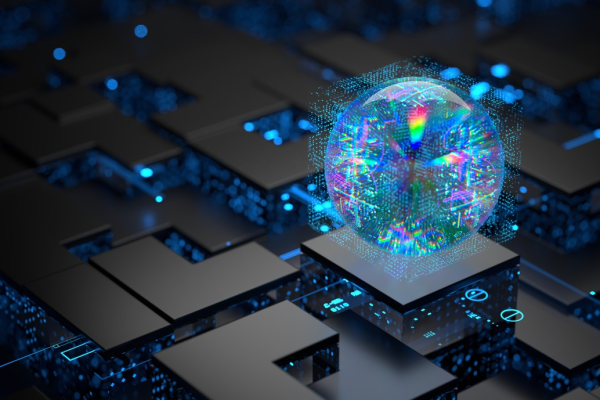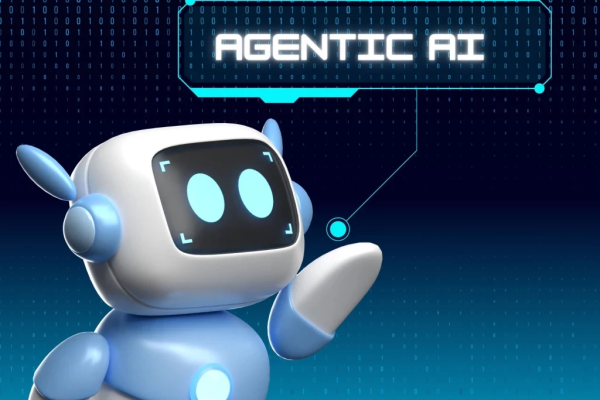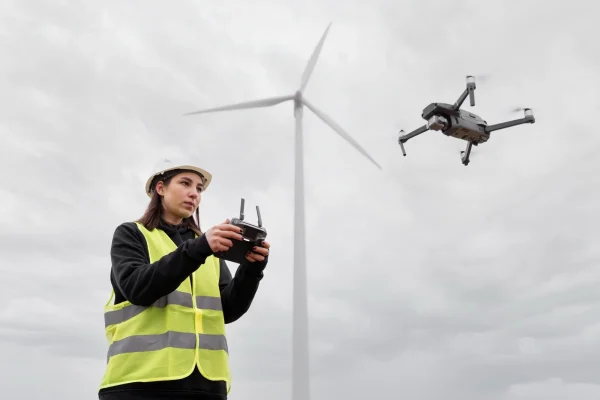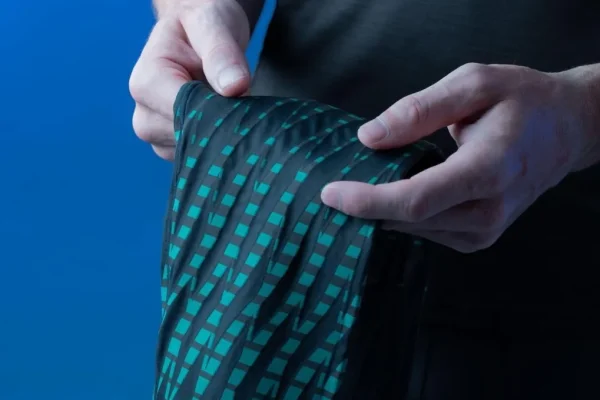
Smart Contact Lenses: The Future of Augmented Reality and Health Monitoring in 2025
In 2025, wearable technology is taking a remarkable leap forward — with companies now developing smart contact lenses that combine augmented reality (AR) and health-sensor features in a truly compact form. For example, XPANCEO unveiled six advanced smart-lens prototypes at GITEX Global 2025, including AR-vision lenses, health-monitoring lenses, and even prototypes capable of tracking intraocular…








